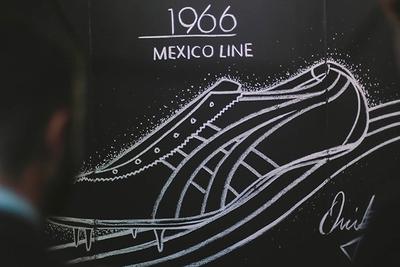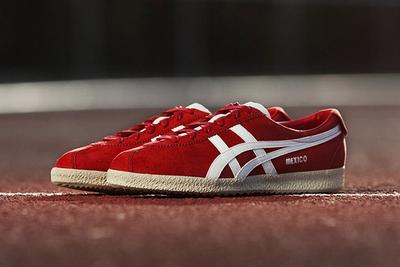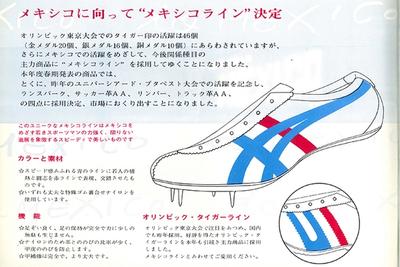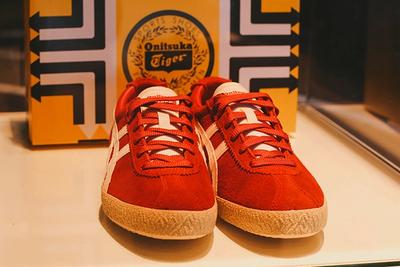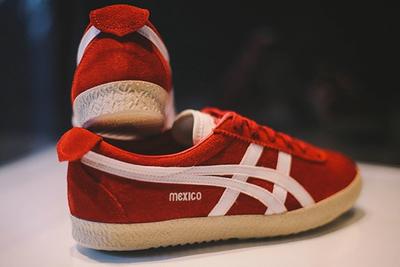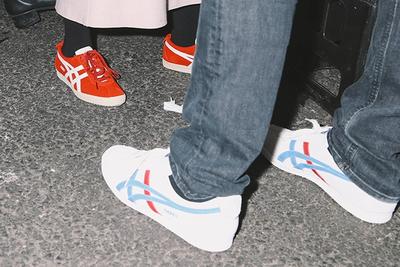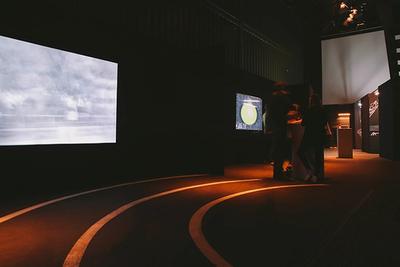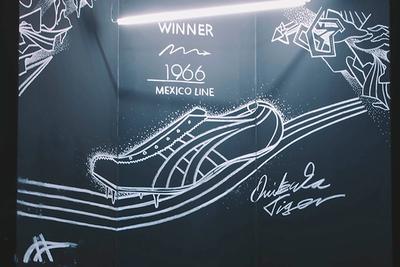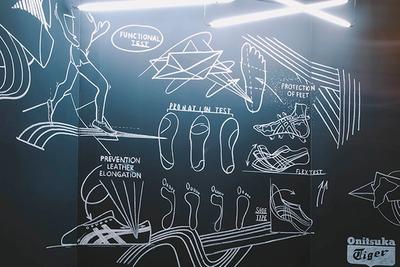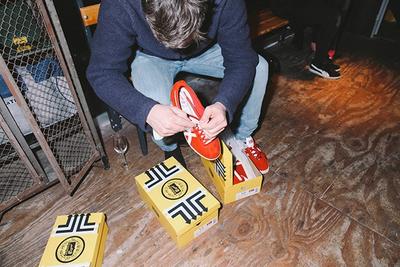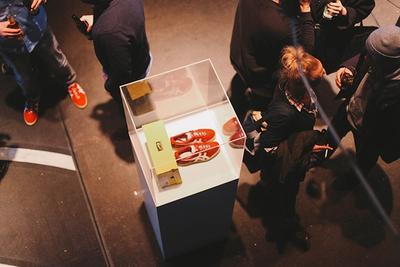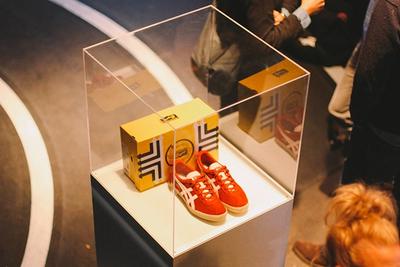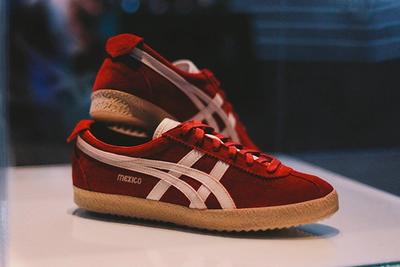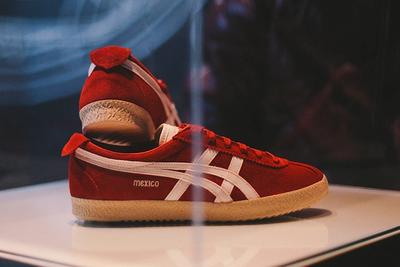How The Tiger Got Its Stripes
It's one thing to make a great shoe, it's another to create a great logo. 50 years after its creation, the Onitsuka Tiger Stripes (aka Tiger Stripes) continue to live on as one of the most identifiable trademarks in the sneaker game, but just where did it come from? It's an origin story that has never really been to told. In honour of the logo's golden anniversary, decided to finally spill the beans and drop some knowledge on the origin of the iconic design. The full story is as follows.
'In 1966, Onitsuka Tiger realised that it needed a unique distinctive sign to give its products great recognition value. The company launched an in-house design competition, encouraging all of their employees to submit their own suggestions. In line with the brand’s clear philosophy – form follows function – there was only one rule: The resulting design should not only look one-of-a-kind, but also improve the shoe’s performance significantly.
More than 200 Onitsuka Tiger employees submitted a wealth of ideas and visions. The sheer spectrum and breadth of entries encouraged a scientific approach: Step by step, the developers narrowed down their selection, until only five models were left in the final round. These entered the prototyping stage and this is where the real research began. Together with athletes and experts from Kyoto University, the brand’s designers tested the submissions for one particular feature: Which design offered the best, tangible performance boost? The answer turned out to be the Onitsuka Tiger Stripes. Their encompassing concept, integrating the design’s vertical stripes into the lacing, brought more stability to the surface material and significantly improved the shoe’s fit and durability – factors that turned out to have a direct impact on athletic performance. This approach not only convinced the Onitsuka Tiger developers, but also the participating university researchers and athletes: The Onitsuka Tiger Stripes were born as a perfect combination of iconic design and groundbreaking performance ability.
Even before their official, large-scale debut in 1968 at the Mexico Games, the newly designed shoes by Onitsuka Tiger attracted quite a bit of interest during the qualification rounds. Yet their grand entrance had to wait until the Mexico Games opening ceremony, when the entire Japanese delegation entered the stadium sporting the MEXICO DELEGATION model, introducing the global public to the Onitsuka Tiger Stripes.'
